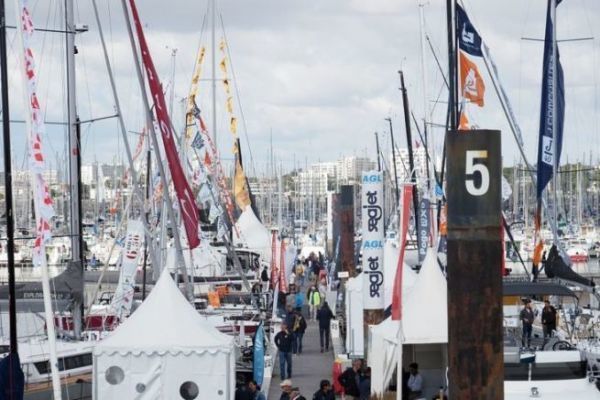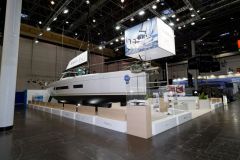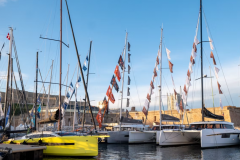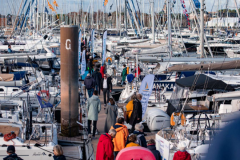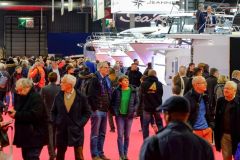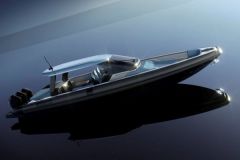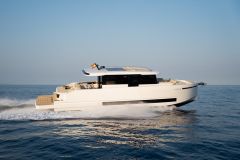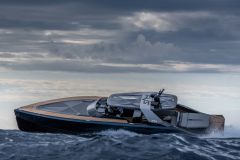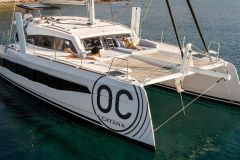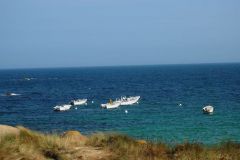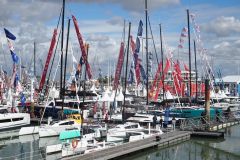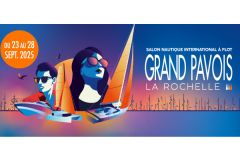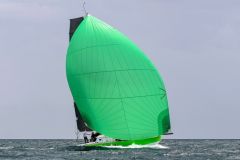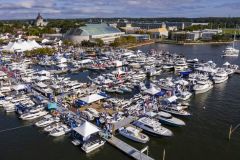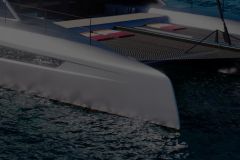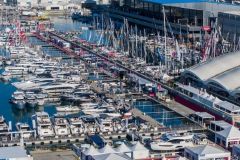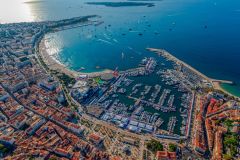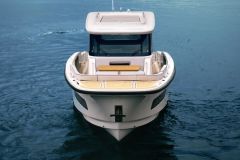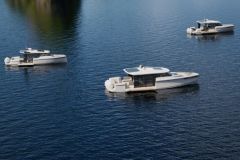Cannes: glamour as a screen
The Cannes Yachting Festival continues to dominate the headlines, with 711 boats on display, 677 exhibitors and, above all, 147 world premieres. But behind this avalanche of figures, the truth is plain to see: Cannes is first and foremost a showcase for luxury, designed to seduce an international clientele with ever more sophisticated yachts.
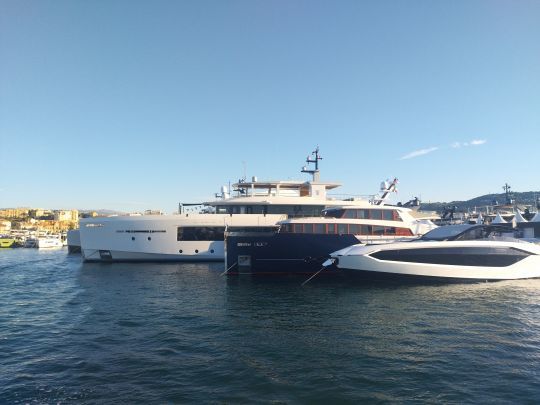
Of course, there's talk of ecology, and hybrid and electric prototypes are on display. But let's be clear: the overwhelming majority of units on display are still powered by XXL combustion engines. Cannes is a dream show, but above all it maintains the gap between a growing ultra-luxury market and a family boating sector that is questioning its means and its future.
Genoa: brute force, but not yet mutation
With 124,000 visitors and more than 1,000 boats, the Genoa Boat Show boasts European leadership. The Italian show relies on the strength of its industry ‚euros Ferretti, Azimut-Benetti, Sanlorenzo ‚euros and on a domestic market that remains very dynamic.
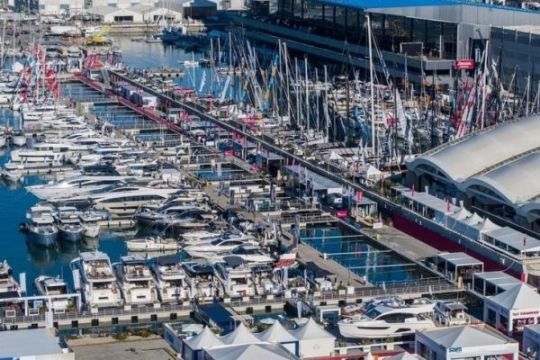
But here again, ecological innovation remains in the background. The emphasis is on volume, diversity and the power of "Made in Italy". An effective model, but one that could soon seem dated if European regulations speed up the energy transition. Genoa attracts the crowds, but the question remains: does it attract the future?
La Rochelle: fewer people, but more buyers?
With 59,000 visitors, the Grand Pavois de La Rochelle was down on Cannes and Genoa. And yet, the organizers insist, "less quantity, more quality". In other words: fewer onlookers, more prospects ready to sign an order form, although it's still a little early to draw up a commercial balance sheet.
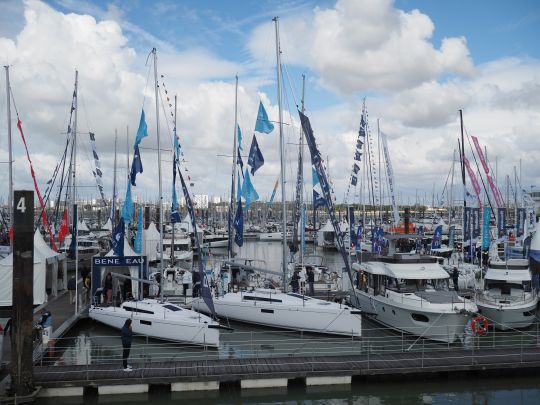
But it's true that on the pontoons of the Port des Minimes, the atmosphere was studious. The 600 international brands and 500 boats on display (including 250 afloat) generated some serious contacts. But the real card of the Grand Pavois is its position: a show on a human scale, where the semi-rigids of "normal" yachtsmen, small sailboats (meaning less than 8m) or committed cruising projects find a visibility that Cannes would never offer them.
La Rochelle has thus established itself as a laboratory of transitions, talking about decarbonization, bio-sourced materials and accessibility. A virtuous image, but one that also hides a reality: the event remains fragile in the face of competition from the behemoths.
Three salons, three fractures
These three meetings don't tell the same story.
- Cannes attracts the elite and boasts spectacular figures, but remains trapped in its logic as a luxury showcase.
- La Rochelle is playing the sustainable innovation and serious visitor card, but needs to prove that its ecological intentions translate into firm orders.
- Genoa continues to rely on mass and industry, but its model seems more defensive than forward-looking.
The contrast is striking: the same sector, three shows, three audiences, three ‚euro strategies, and no unified response to the big question haunting the boating industry: how to attract and retain new boaters in an increasingly constrained economic and ecological context?
The real challenge: turning visitors into browsers
At the end of the day, the real indicator is not the number of admissions or world premieres, but the ability to transform desire into practice. Cannes makes people dream but remains inaccessible, Genoa attracts crowds but struggles to embody green change, La Rochelle wants to lead the way but remains under pressure.
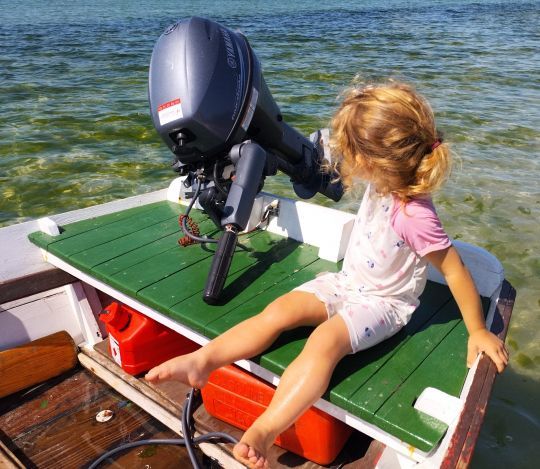
The market needs new enthusiasts, accessible and sustainable boats, and an industry capable of convincing people that boating is not a luxury reserved for the happy few. Trade shows, each in their own way, are trying to respond. But in 2025, the score is still dissonant.

 /
/ 